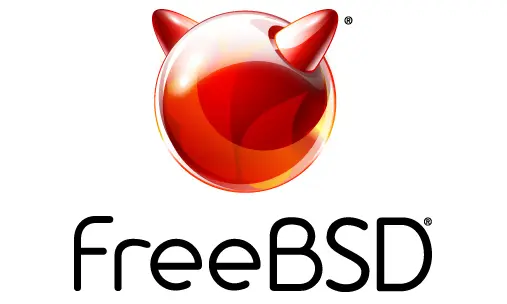“Messing with FreeBSD is like organizing a bookshelf — when your partitions are tidy and mounting points are right, everything just works smoothly.”
If you’re new to FreeBSD, terms like “partition” and “mounting” might sound intimidating. No worries — even seasoned Linux users often get puzzled by FreeBSD’s slice and partition system. But don’t sweat it! Let’s break it all down in a relaxed and digestible way.
What’s a Partition in FreeBSD?
Unlike Linux where partitions look like /dev/sda1, FreeBSD uses a slightly different (and a bit old-school) structure. Here’s what you’ll typically see:
- Disk: The physical device, like
/dev/ada0 - Slice: Like a primary partition, example:
/dev/ada0s1 - Partition: Subdivisions of slices, e.g.,
/dev/ada0s1afor root - Label: Optional names assigned via
glabel
Why Partitions Matter
Neat partitions make your system more stable and easier to maintain. Examples:
- Separate
/varto avoid logs filling up your root disk - Put user data in
/homefor safe reinstalls - Use dedicated swap space for better memory handling
Tools for Partitioning in FreeBSD
FreeBSD offers several built-in tools:
gpart– view, add, and delete partitionsbsdlabel– legacy label editornewfs– create a new file system (usually UFS)mountandumount– for mounting/unmounting
Example: Adding and Mounting a New Disk
Let’s say you have a second disk /dev/ada1 and want to use it as /data.
- Create GPT structure:
gpart create -s GPT ada1 - Add a partition:
gpart add -t freebsd-ufs -l data ada1 - Format with UFS:
newfs -U /dev/gpt/data - Create mount point and mount:
mkdir /data && mount /dev/gpt/data /data
Permanent Mounting with /etc/fstab
To auto-mount at boot, add to /etc/fstab:
/dev/gpt/data /data ufs rw 2 2Understanding Mounting & Mount Points
Mounting is attaching a file system to the directory tree. The mount point is where users access that file system. For example, even if the disk is physically elsewhere, users can simply go to /data.
To view mounted file systems: mount
To unmount: umount /data
File System Types in FreeBSD
- UFS – Classic and robust, default FS in FreeBSD
- ZFS – Modern, powerful, with snapshots and self-healing
- MSDOSFS – FAT32 support
- CD9660 – For ISO files and optical media
- tmpfs – Temporary RAM-based file system
Common Issues
- Boot errors? Check
/etc/fstab - Mount failure? Run
dmesgor check/var/log/messages - Corrupt file system? Use
fsckon UFS partitions
Tips and Best Practices
- Use labels (
glabel) for consistent device names - Avoid auto-mounting removable devices with
noauto - Back up your
fstabbefore editing - For external drives, use
mount_msdosfsormount_exfat
Monitor Usage in Real-Time
df -h– Shows disk usagemount -v– Lists all mounted file systems with details
Partitioning and mounting in FreeBSD might feel overwhelming at first, but it gives you the power to:
- Customize your setup
- Organize data better
- Prevent system crashes from full disks
So go ahead, explore your FreeBSD system. Make your partitions neat, your mounts clean, and your servers happy!


0 Comments:
Post a Comment